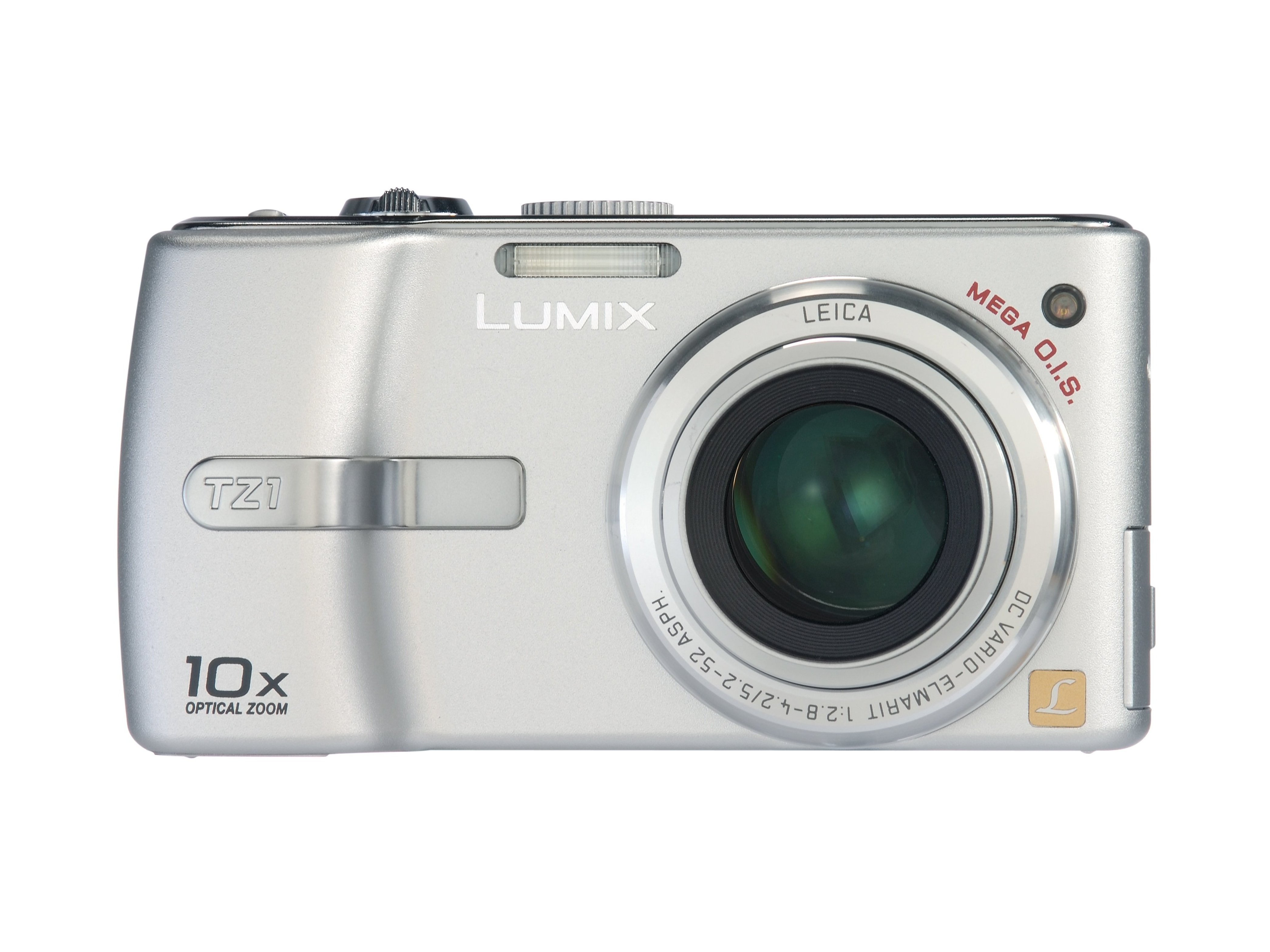TechRadar Verdict
This could be the only camera you ever need. Few can match its size, simplicity, zoom range and price-tag.
Pros
- +
Great for the size
Cons
- -
Lacks the performance of larger competitors
Why you can trust TechRadar
Forget the maxim that 'less is more', Panasonic is going all out for 'more is less'. The 'more' in this particular case is a 10x Leica zoom, optical image stabiliser and ISO 1600.
The 'less'? A compact, all-metal body that slips as easily into a pocket as a traditional 3x camera and an interface that makes falling off a log look like an exercise in complexity.
The TZ1 doesn't feel, or look, particularly revolutionary. The metal case is tough and easy to hold, although the smooth right-hand grip could do with a touch more reassuring friction.
The camera's slightly stretched, making the 2.5-inch screen seem smaller than it is, but leaving plenty of room around the rear for a four-way pad and two dedicated buttons.
Hold the top button down and you can choose two special LCD modes: Power Boost for bright days (watch that battery life though!) and a handy High Angle mode for holding the camera above your head.
Fantastic screen
The bottom button cycles through High (3fps), Low (2fps) and unlimited Continuous (1.5fps) modes. The excellent screen is bright and colourful, even in very low light.
The main Menu button calls up old-school menu pages - and reveals the TZ1's consumer heart. There are no Priority or Manual exposure modes on offer here. Focusing's better, with a smorgasbord of focusing zones and Continuous AF, although stopping short of manual focus or presets.
Sign up for breaking news, reviews, opinion, top tech deals, and more.
The top Mode dial gives access to a decent enough Macro, Full Auto and your choice of two Scene modes. These contain the usual suspects, plus an ever-so fashionable High Sensitivity setting with ISO 1600. All options are easy to select and clearly indicated on the screen.
Highly sensitive
Many cameras are boasting quadruple digit sensitivity these days, and unfortunately most are as ham-fisted at handling the power as the Panasonic. Noise is an issue with the TZ1 from the word go: even some ISO 80 shots have a hint of noise in the sky.
For instance, 5-megapixel shots at ISO 400 and 800 are noticeably grainy and have degraded detail, but shift to ISO 1600 and things get positively hallucinogenic. There's less outright noise but only because the TZ1 has smeared pixels together in a smooth haze. Colours remain strong throughout, however.
Another specification that doesn't quite live up to its billing is the 10x Leica lens. On the plus side, it's fast, silent and the autofocus only struggles in genuinely tricky situations, such as backlit or low-contrast subjects (although Canon's S3 IS takes such shots in its stride).
Unfortunately, image quality at full telephoto leaves a lot to be desired. Detail fades away, especially towards the edges of the frame, and there's annoying lack of crispness or bite at full extension. Colour fringing is also visible, although it isn't a huge problem.
To the rescue comes Panasonic's ever-reliable Mega OIS stabiliser, which does a fantastic job at keeping handheld shots almost unbelievably free from blur. Go against your instincts and trust the stabiliser instead of a high ISO to keep your shots steady, and you won't often be disappointed. Leave it in Mode 2 for the most reliable results.
A powerful flash unit rounds off a very approachable, responsive and well constructed camera, although it has to be noted that we didn't quite achieve the 250-shot battery life that Panasonic claimed.
Compact cameras are being increasingly squeezed between ever-more capable camera phones at the budget end and ever-cheaper digital SLRs at the other side.
In response, they offer larger screens, longer zooms and more features than ever before. To expect a pocket camera like the TZ1 to deliver SLR-style flexibility and image quality as well as mobile-style convenience, is surely too much to ask. Mark Harris
Via PhotoRadar
Tech.co.uk was the former name of TechRadar.com. Its staff were at the forefront of the digital publishing revolution, and spearheaded the move to bring consumer technology journalism to its natural home – online. Many of the current TechRadar staff started life a Tech.co.uk staff writer, covering everything from the emerging smartphone market to the evolving market of personal computers. Think of it as the building blocks of the TechRadar you love today.
